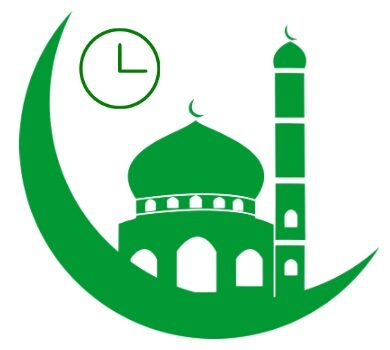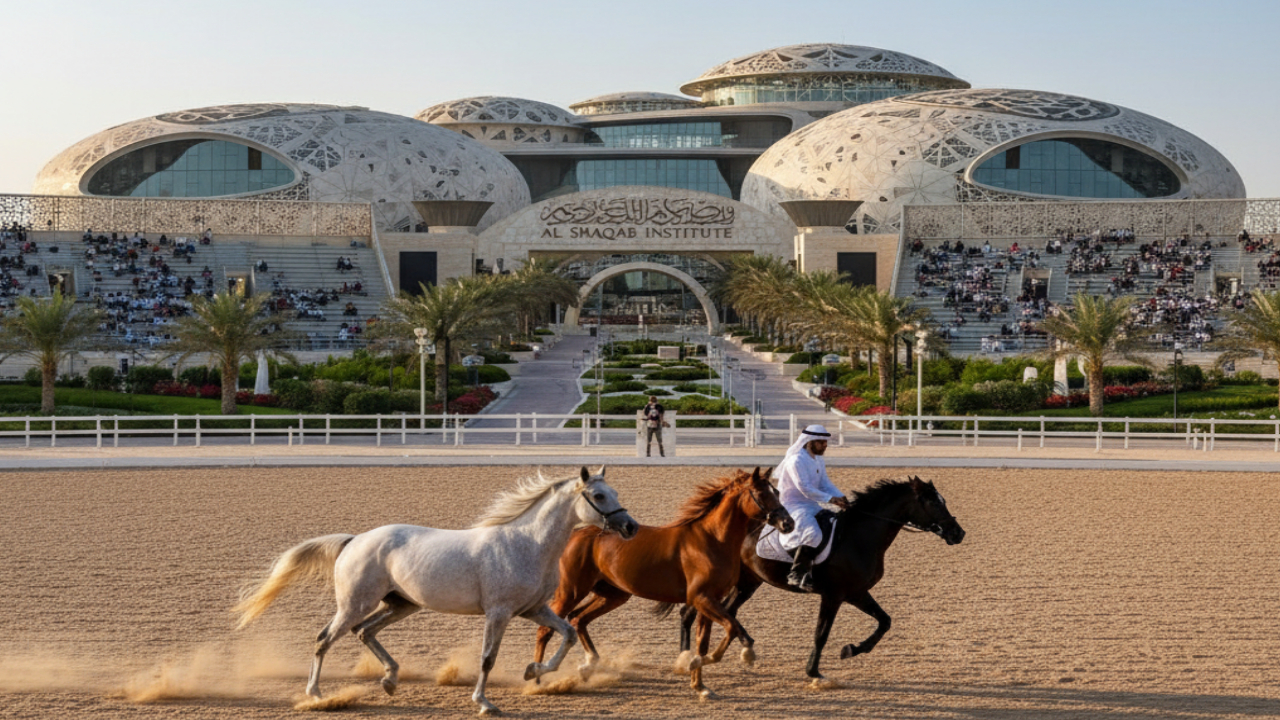Nestled just west of Doha, Al Rayyan stands as a testament to Qatar’s rapid evolution from desert landscapes to a global hub of innovation and culture. As the third-largest municipality in the country, Al Rayyan seamlessly merges its rich historical roots with modern developments, offering a unique glimpse into Qatari life. Whether you’re drawn to its sprawling urban districts, world-renowned educational institutions, or thrilling sports scene, this vibrant area has something for everyone.
History of Al Rayyan
Al Rayan’s story begins with its name, derived from the Arabic word “ray,” meaning irrigation—a nod to the area’s historical reliance on water sources for agriculture in an otherwise arid environment. Established as a municipality in 1972, it has grown from scattered settlements into a bustling urban center.
Early Settlement and Development
The region has been inhabited for centuries, with evidence of ancient wells and farms dotting the landscape. In the mid-20th century, Al Rayyan was primarily rural, home to Bedouin communities and small villages. The discovery of oil in Qatar transformed the area, leading to rapid urbanization. By the 1960s, it became a focal point for expansion, absorbing parts of Doha’s westward growth.
Modern Milestones
A pivotal moment came in 2004 when Al Rayan integrated with neighboring areas, expanding its boundaries. The 2022 FIFA World Cup further spotlighted the municipality, with the construction of the Ahmad bin Ali Stadium. Today, Al Rayyan represents Qatar’s ambition, balancing tradition with progress through initiatives like sustainable development and cultural preservation.
Geography and Climate in Al Rayyan
Al Rayyan spans over 5,800 square kilometers, making it one of Qatar’s largest administrative areas. It features a diverse terrain, from urban zones in the east to vast deserts and wadis in the west.
Landscape Features
According to Qatar’s Ministry of Municipality and Environment, Al Rayan boasts:
- 223 natural depressions ideal for rainwater collection
- 38 wadis (dry riverbeds) that come alive during rare rains
- Six sabkhas (salt flats) and plains for unique ecological experiences
The highest point, Jebel Nakhsh, rises to about 90 meters, offering modest hiking opportunities. No coastlines border the populated areas, so maritime activities are minimal compared to Doha.
Climate Overview
Like much of Qatar, Al Rayan experiences a hot desert climate. Summers (June to September) soar above 40°C (104°F), with high humidity, while winters (December to February) are milder, averaging 15-25°C (59-77°F). Rainfall is scarce, around 75mm annually, mostly in winter. Visitors should plan for air-conditioned venues and stay hydrated—perfect for indoor attractions like malls and museums.
Demographics and Culture
Al Rayyan’s population has surged in recent decades, reflecting Qatar’s economic boom. As of the latest estimates, it houses over 600,000 residents, a mix of Qataris and expatriates from Asia, Europe, and the Arab world.
Population Breakdown
Here’s a quick table summarizing key demographics based on recent census data:
| Category | Details | Percentage/Notes |
|---|---|---|
| Total Population | ~605,000 (2023 est.) | Third-largest in Qatar |
| Qataris | Local nationals | ~20-25% |
| Expatriates | Primarily from India, Philippines, Nepal | ~75-80% |
| Age Distribution | Youthful population | Under 30: 50%+ |
| Density | Higher in eastern urban areas | Rural west: Sparse |
This diversity fosters a vibrant cultural scene, with festivals blending Qatari traditions like falconry and camel racing with international influences.
Cultural Highlights
Al Rayan preserves Qatari heritage through sites like traditional souqs and mosques. The area’s mosques, such as the grand Al Rayyan Mosque, showcase Islamic architecture. Cultural events, including the annual Qatar National Day celebrations, highlight poetry, music, and dance, providing immersive experiences for tourists.
Economy and Infrastructure
Al Rayan economy thrives on Qatar’s hydrocarbon wealth but diversifies into education, healthcare, and tourism.
Key Economic Sectors
- Oil and Gas: Proximity to Dukhan fields supports energy-related jobs.
- Education and Research: Home to Education City, hosting branches of universities like Georgetown and Carnegie Mellon.
- Sports and Entertainment: Investments in stadiums and clubs boost tourism revenue.
- Real Estate: Rapid development of residential and commercial projects.
Infrastructure is world-class, with the Doha Metro’s Green Line connecting Al Rayyan to central Doha, easing commutes and promoting sustainable transport.
Growth Opportunities
With Qatar’s Vision 2030, Al Rayyan focuses on innovation hubs and green initiatives. The area saw a 15% economic growth post-World Cup, driven by increased visitor numbers and business investments.
Top Attractions and Landmarks in Al Rayyan
Al Rayyan offers a mix of modern marvels and natural spots, ideal for families, sports fans, and culture enthusiasts.
Must-Visit Sites
- Ahmad bin Ali Stadium: A 40,000-seat venue rebuilt for the 2022 World Cup, now hosting Al Rayyan SC matches. Its design incorporates Qatari motifs like sand dunes.
- Education City: A sprawling campus with museums, libraries, and green spaces. Don’t miss the Qatar National Library, with over a million books.
- Al Shahaniya Camel Racetrack: In the western part, watch robot-jockeyed camel races—a quirky Qatari tradition.
- Mall of Qatar: One of the largest malls in the region, featuring luxury shopping, dining, and entertainment like an indoor theme park.
Outdoor and Nature Spots
For a break from urban hustle:
- Explore the wadis for off-road adventures or picnics.
- Visit Rawdat Rashed, a rural area with farms and date palms, offering a glimpse of traditional Qatari agriculture.
These attractions draw millions annually, enhancing Al Rayyan’s appeal as a day-trip destination from Doha.
Sports in Al Rayyan
Sports are integral to Al Rayyan’s identity, with the municipality hosting top-tier facilities and teams.
Al Rayyan Sports Club (SC)
Founded in 1967 from a merger of local teams, Al Rayyan SC—nicknamed “The Lions”—excels in football, basketball, handball, and more. The football team has won the Qatar Stars League eight times, with stars like Rodrigo Moreno leading recent victories.
Other Sporting Venues
Beyond the stadium, Al Rayyan features gyms, swimming pools, and athletics tracks. The club has secured Asian championships in basketball and Arab titles in handball, making it a powerhouse in regional sports.
Sports enthusiasts can catch live matches or join community events, fostering a lively athletic culture.
Education and Healthcare
Al Rayyan prioritizes human development through top institutions.
Educational Institutions
Education City stands out, offering degrees from global universities. It promotes research in fields like medicine and engineering, attracting international students.
Healthcare Facilities
Hospitals like Sidra Medicine provide advanced care, specializing in women’s and children’s health. The area’s clinics ensure accessible services for residents.
FAQs
1. What is Al Rayyan known for?
Al Rayyan is renowned for its blend of urban development, Education City, the Ahmad bin Ali Stadium, and the successful Al Rayyan Sports Club.
2. Where is Al Rayyan located in Qatar?
It’s situated west of Doha, forming part of the metropolitan area, with easy access via metro and highways.
3. What is the population of Al Rayyan?
The municipality has an estimated population of over 600,000, making it Qatar’s third-largest
4. Is Al Rayyan a good place to visit for tourists?
Yes, with attractions like malls, stadiums, and cultural sites, it’s ideal for short trips, especially for sports and education enthusiasts.
5. How does Al Rayyan contribute to Qatar’s economy?
It supports sectors like education, sports tourism, and real estate, aligning with Qatar’s diversification goals beyond oil.

